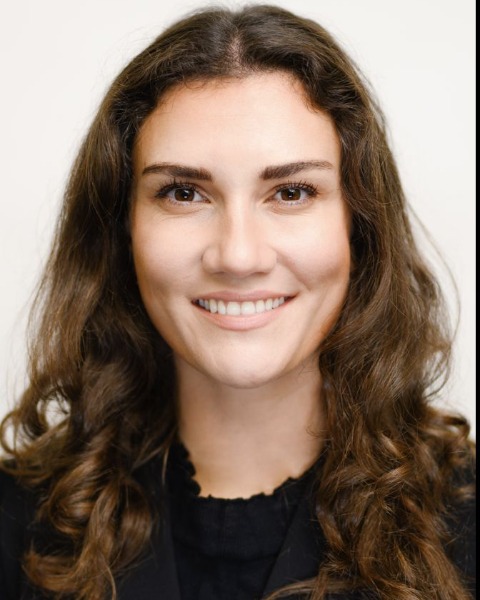Hands-On Workshop
Workshops & Seminars - Ticketed Sessions
Flap Advancement Manipulation Techniques for Bone Augmentation in the Mandible (206)
Wednesday, November 1, 2023
1:30 PM - 5:30 PM PDT
CE 3.0 hour(s)
AGD Code: 490 - Periodontics
Target Audience: Advanced Knowledge
Course Fee: $249
Target Audience: Advanced Knowledge
Course Fee: $249

Larissa Steigmann, DMD, MS
Boston, Massachusetts, United States
Disclosure(s): No relevant disclosure to display

Larissa Steigmann, DMD, MS
Boston, Massachusetts, United States
Disclosure(s): No relevant disclosure to display
Soft tissue manipulation has a great priority in dental rehabilitation surgery. Successful membrane coverage is determined by tension-free flap closure and is significant for desirable clinical outcomes. Hence, proper tension release on the overlying flap to achieve passive tension flap closure remains the most important factor for achieving predictable bone augmentation outcomes. Flap openings have been associated with postsurgical complications including infections and graft failure. Therefore, gaining flap flexibility for the coverage of small to high volume augmentation is an important component for predictable outcomes. There is a need of adjustment in soft tissue management to the specific anatomy and phenotype of each patient. The posterior mandible has several anatomical aspects that need to be diagnosed and assessed accordingly. Furthermore, the focus will be on basic principles of flap design and soft tissue manipulation as we have noticed most challenges with thin phenotype patients.
Learning Objectives:
- Understand the importance of maintaining blood supply to increase healing potential
- Understand the potential of using the periosteum as physical anchorage and membrane properties to benefit the outcomes of guided bone augmentation .
- Acquire a technical understanding of how to advance flaps for horizontal and vertical bone augmentation
